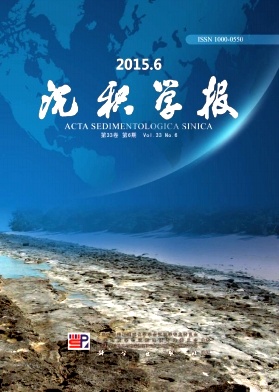Analysis and Evaluation of Different Measuring Methods for Shale Porosity
doi: 10.14027/j.cnki.cjxb.2015.06.018
- Received Date: 2014-09-25
- Rev Recd Date: 2015-03-08
- Publish Date: 2015-12-10
-
Key words:
- shale /
- porosity /
- gas expansion method /
- density method /
- nitrogen adsorption method /
- one-way analysis of variance
Abstract: The study of gas shale is the hot spot in unconventional oil and gas resources exploration at home and abroad. The effective porosity of shale is an important parameter to access the reservoir property which is always the bottleneck problem and difficulty in reservoir description. It is difficult to drill a perfect cylinder from the weathered and breakable shale. Many people comminuted the samples to different sizes to get the shale porosity by measuring bulk density and skeletal density and nitrogen adsorption method. But no validated difference and effectiveness of the results between the cylinder and broken samples measurement have been shown until now. We chose twelve shale cylinders and broke the samples around the cylinders to 40~60 mesh, measurements were conducted with the three methods above, respectively. The results showed that three groups of values were different, they may be mainly controlled by experiment parameters and sample integrity. One-way analysis of variance in mathematical statistics was adopted to analyse the effectiveness of the results from the three measurement methods. Mathematical analysis showed cylinder porosity by gas expansion method and broken sample porosity in 40~60 mesh by density method and nitrogen adsorption method had no marked difference, they were consistent and effective. But, a large number of effective porosity will be destroyed in the process of crushing the samples. Overall, effective porosity measured by cylinder method is superior to the other two.
| Citation: | YANG Wei, XUE LianHua, TANG Jun, LV ChengFu, XU Yong, YANG Shuang, CHEN GuoJun. Analysis and Evaluation of Different Measuring Methods for Shale Porosity[J]. Acta Sedimentologica Sinica, 2015, 33(6): 1258-1264. doi: 10.14027/j.cnki.cjxb.2015.06.018 |






 DownLoad:
DownLoad: